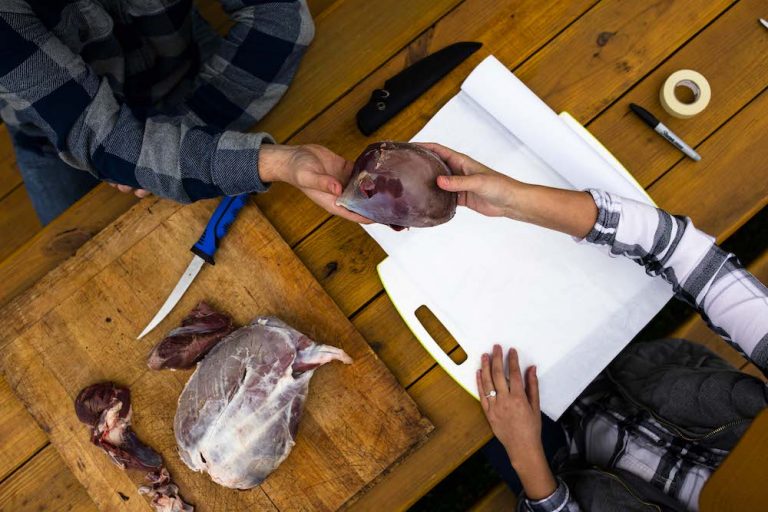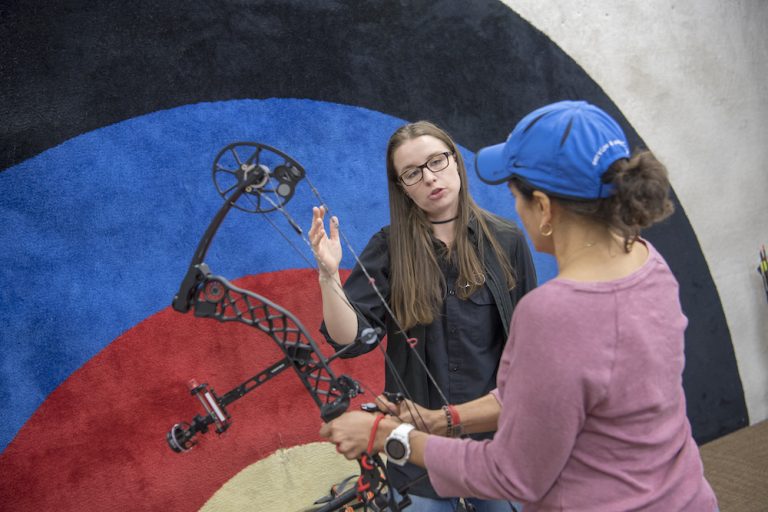Business
Keywords That Hook and Resonate with Newcomers
Is your shop speaking a newcomer’s language?
Photo Credit: ATA
As a pro shop owner or employee, you encounter all types of people, including newcomers and veterans alike. Although long-time archers and customers likely understand product names, hunting nuances and strategies mentioned in casual conversations, newcomers probably won’t have a clue. Therefore, you must talk to them in a way that helps them understand archery and bowhunting without belittling or talking down to them.
Research shows that what you say and how you say it matters. Individual words and phrases can affect how people perceive archery and bowhunting. Words invoke certain feelings based on cultural or historical associations, whether accurate or not. Some words can resonate with people, while others elicit disapproval or misunderstanding. And unfortunately, a lack of understanding or a negative reaction can have a lasting effect on a nonhunter’s opinion and perception of you, your business and the sport in general. Knowing the difference between words that resonate and words that don’t can help you better connect to newcomers, while convincing them to try archery sports.
Consciously use respectful phrases when you describe hunting. Photo Credit: ATA
According to Frank Luntz’s book “Words That Work,” the following words may be particularly relevant to conversations about hunting. This list was also compiled using examples from the “How to Talk About Hunting” book by Mark Damian Duda and the NRA Hunters’ Leadership Forum.

Tell them how hunting is a great way to provide your own meat or donate it those in need. Photo Credit: ATA
If you need more points to highlight when trying to win over a newcomer, Duda said the three general messaging themes that work best in support of hunting are:
1. Hunting as a food source.
2. Hunting as conservation (hunting as a form of wildlife management that produces ecological benefits to both game and nongame species).
3. Hunting as a right.

The same speech might not be as effective on two different people. Listen to the customer before you go into an explanation. Photo Credit: ATA
A person’s age, race, gender or background can influence their attitude toward hunting. Family and cultural traditions also affect a person’s relationship with food and animals. Before you start a long-winded spiel about gear, archery, hunting or otherwise, gather intel from the customer you’re talking to. Understanding their feelings toward animals or hunting will help you better pitch or describe the activity in a way that resonates. Always adjust your message and delivery depending on the person or your audience. For example, your description of hunting to a 5-year-old should be different from the message you share with a 50-year-old because children often struggle to grasp concepts about conservation, sustainability and factory farming.
Being intentional and mindful of your language and approach when talking to newcomers can help them better connect and relate to archery and bowhunting, which increases the chances that they’ll try — and get hooked on — shooting a bow and arrow.

WE ARE HERE TO HELP THE INDUSTRY, TO HELP INDIVIDUAL BUSINESSES GET THE MOST OUT OF THE INDUSTRY, AND TO HELP YOU.